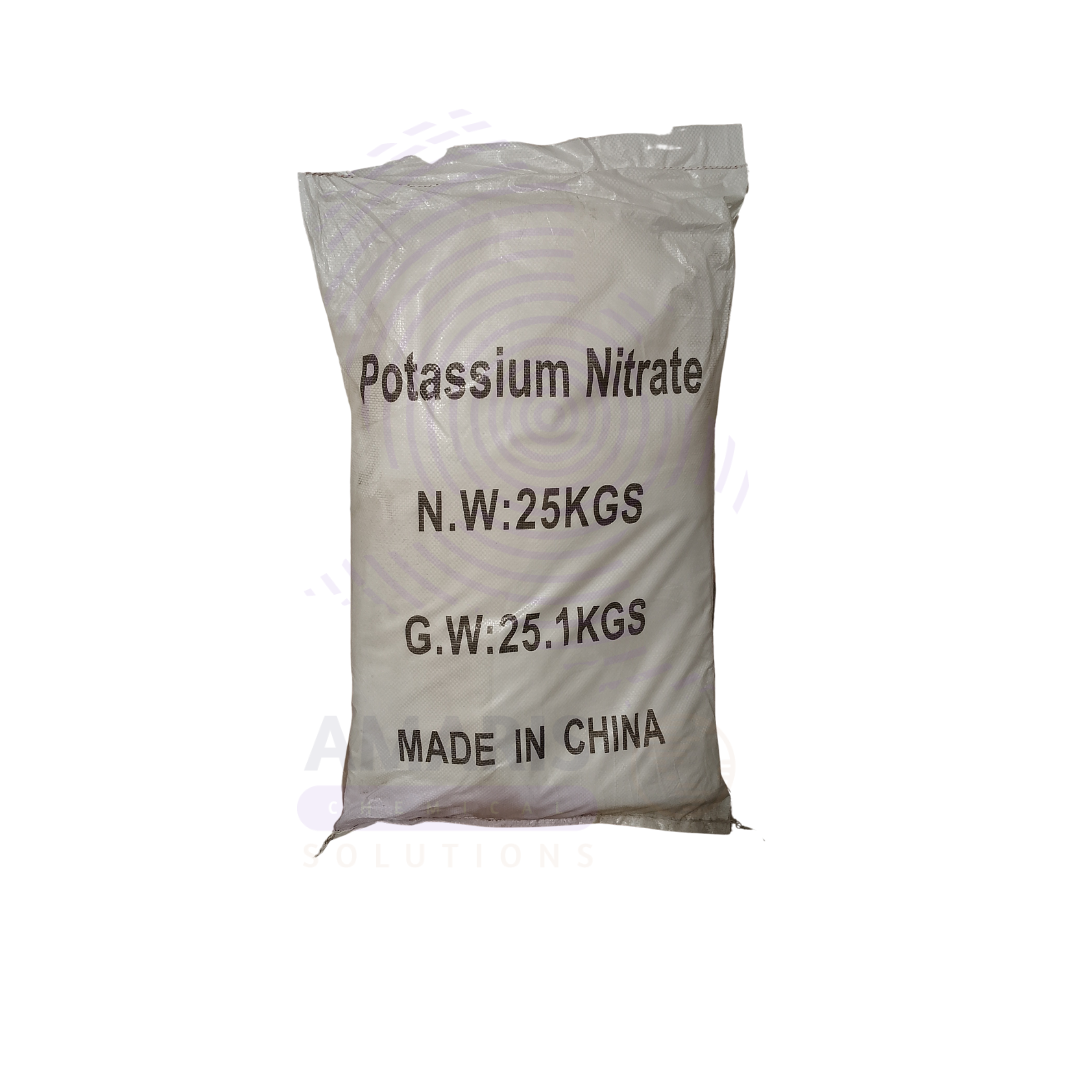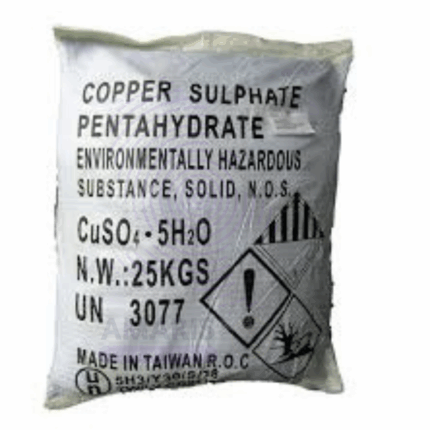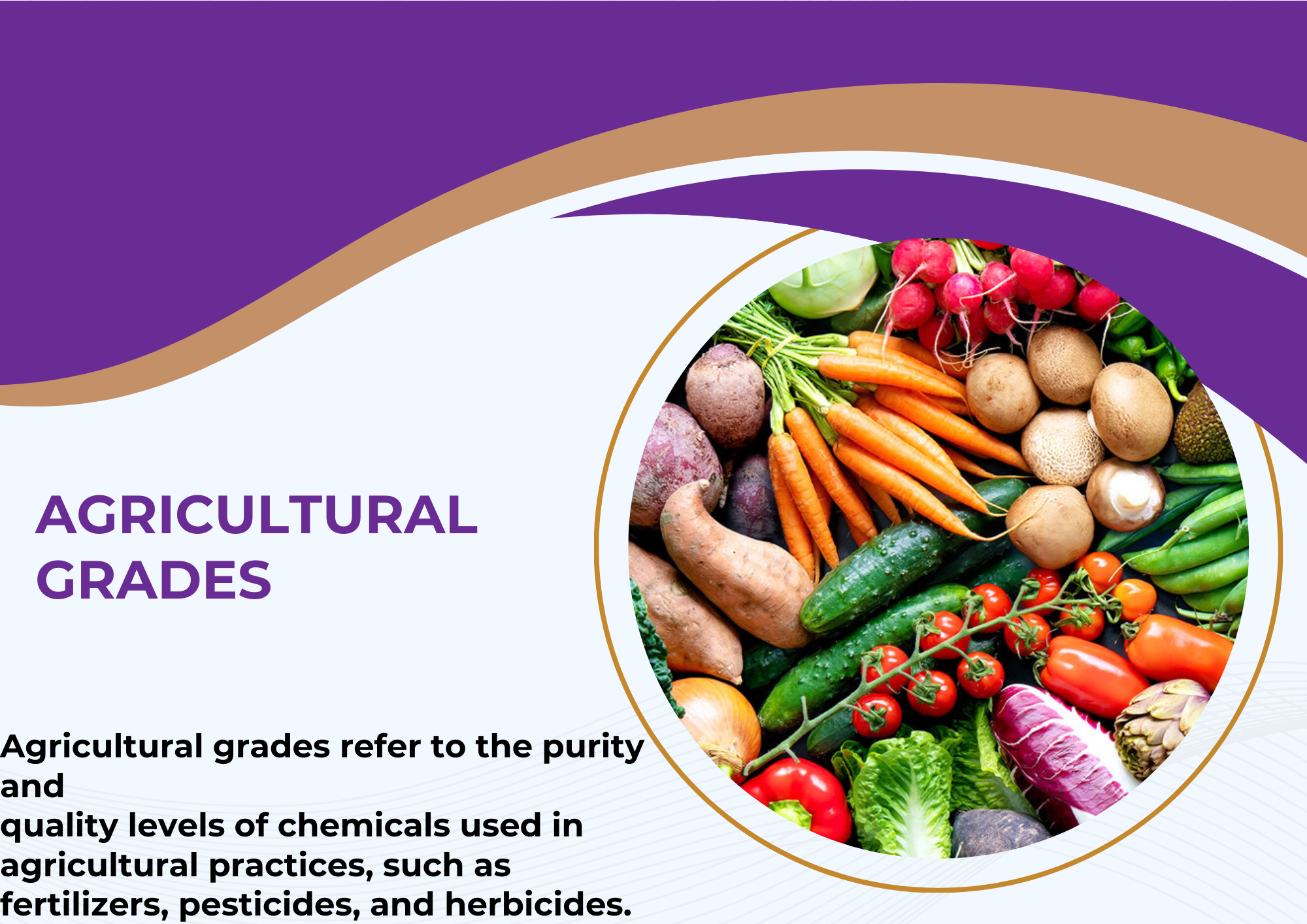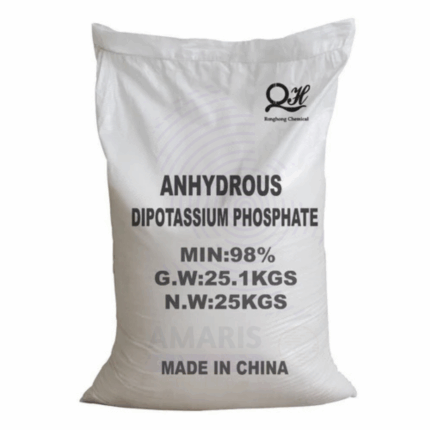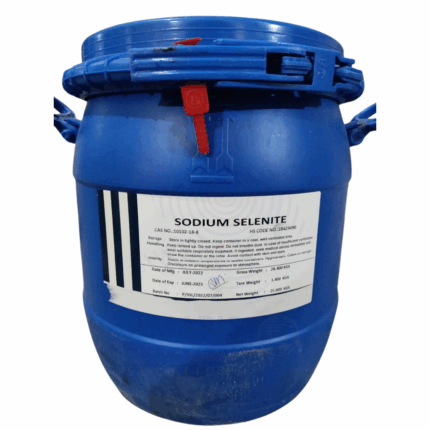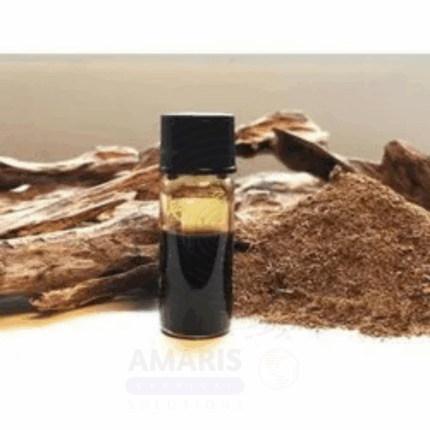Potassium Nitrate
Potassium Nitrate is a white crystalline salt commonly known as saltpeter. It is a key oxidizing agent widely used in fertilizers, food preservation, pyrotechnics, and chemical manufacturing. Potassium Nitrate provides essential potassium and nitrogen nutrients in agriculture and acts as a source of oxygen in combustion reactions. Its stability and solubility make it valuable across various industries from agriculture to explosives.
Potassium Nitrate
Primary Uses
Agriculture
- Used extensively as a high-quality fertilizer supplying potassium and nitrogen essential for plant growth.
- Applied in hydroponics and soil conditioning to enhance crop yield and quality.
Food Preservation
- Employed as a curing agent in processed meats to inhibit microbial growth and preserve color.
- Acts as a preservative and antioxidant in food products.
Pyrotechnics and Explosives
- Serves as an oxidizer in fireworks, explosives, and rocket propellants.
- Used in manufacturing gunpowder and other pyrotechnic devices.
Chemical Industry
- Utilized as a raw material in producing nitric acid and other potassium compounds.
- Acts as an oxidizing agent in various chemical syntheses.
Secondary Uses
Glass and Ceramics
- Used as a flux in glassmaking to improve clarity and melting properties.
Pharmaceuticals
- Used in small quantities in pharmaceutical formulations and diagnostic agents.
Water Treatment
- Occasionally used in water treatment processes as an oxidizing agent.
Metallurgy
- Applied in metal heat treatment processes and metal polishing compounds.
Basic Identification Attributes
- Chemical Name (IUPAC): Potassium nitrate
- Common/Trade Name: Potassium Nitrate
- CAS Number: 7757-79-1
- HS Code: 2834.29
- Synonyms: Saltpeter; Nitrate of potash
Physical & Chemical Properties
- Physical State: White crystalline solid or powder
- Color & Odor: White; odorless
- Solubility: Highly soluble in water (~31.6 g/100 mL at 20°C)
- Melting Point: 334°C
- Density: 2.11 g/cm³
- Stability: Stable under normal conditions; decomposes on heating above 400°C
Safety & Hazard Attributes
- GHS Classification: Oxidizing solid (Category 2); may intensify fire
- Toxicity: Low to moderate toxicity; avoid ingestion and inhalation
- Exposure Limits: Follow occupational safety limits; use protective equipment
Storage & Handling Attributes
- Storage Conditions: Store in a cool, dry, well-ventilated area away from combustible materials
- Container Type: Plastic or metal containers with tight seals
- Shelf Life: Generally 2–5 years if stored properly
- Handling Precautions: Avoid contamination with organic materials; use PPE to prevent dust inhalation
Regulatory & Compliance Attributes
- Complies with fertilizer, food additive, and chemical safety regulations worldwide
- Classified as hazardous for transport due to oxidizing properties
Environmental & Health Impact
- Biodegradability: Inorganic salt; does not biodegrade but is environmentally stable
- Ecotoxicity: Can be harmful to aquatic life in high concentrations due to nitrate pollution
- Bioaccumulation: Not significant
Safety Handling Precautions
- PPE Required: Gloves, safety goggles, dust mask or respirator recommended
- Handling Guidelines: Avoid dust formation and contact with combustible materials
- Storage Measures: Keep containers tightly closed and away from heat and ignition sources
First Aid Measures
- Inhalation: Move to fresh air; seek medical attention if respiratory symptoms occur
- Skin Contact: Wash with soap and water; seek medical advice if irritation persists
- Eye Contact: Rinse eyes with water for at least 15 minutes; seek medical attention if irritation continues
- Ingestion: Rinse mouth; seek medical advice immediately
Firefighting Measures
- Fire Hazards: Strong oxidizer; may intensify fires and cause explosions when in contact with flammable materials
- Extinguishing Media: Use water spray, foam, or dry chemical extinguishers; avoid dry powder extinguishers alone
- Special Precautions: Firefighters must wear protective clothing and self-contained breathing apparatus
Hazardous Combustion Products: Nitrogen oxides and potassium oxides


 Preservatives(food)
Preservatives(food) Flavor Enhancers
Flavor Enhancers Acidulants
Acidulants Sweeteners
Sweeteners Antioxidants
Antioxidants Colorants(food)
Colorants(food) Nutraceutical Ingredients (food)
Nutraceutical Ingredients (food) Nutrient Supplements
Nutrient Supplements Emulsifiers
Emulsifiers
 Collectors
Collectors Dust Suppressants
Dust Suppressants Explosives and Blasting Agents
Explosives and Blasting Agents Flocculants and Coagulants
Flocculants and Coagulants Frothers
Frothers Leaching Agents
Leaching Agents pH Modifiers
pH Modifiers Precious Metal Extraction Agents
Precious Metal Extraction Agents
 Antioxidants(plastic)
Antioxidants(plastic) Colorants (Pigments, Dyes)
Colorants (Pigments, Dyes) Fillers and Reinforcements
Fillers and Reinforcements Flame Retardants
Flame Retardants Monomers
Monomers Plasticizers
Plasticizers Polymerization Initiators
Polymerization Initiators Stabilizers (UV, Heat)
Stabilizers (UV, Heat)
 Antifoaming Agents
Antifoaming Agents Chelating Agents
Chelating Agents Coagulants and Flocculants
Coagulants and Flocculants Corrosion Inhibitors
Corrosion Inhibitors Disinfectants and Biocides
Disinfectants and Biocides Oxidizing Agents
Oxidizing Agents pH Adjusters
pH Adjusters Scale Inhibitors( water)
Scale Inhibitors( water)
 Antioxidants(cosmetic)
Antioxidants(cosmetic) Emollients
Emollients Fragrances and Essential Oils
Fragrances and Essential Oils Humectants
Humectants Preservatives
Preservatives Surfactants(cosmetic)
Surfactants(cosmetic) Thickeners
Thickeners UV Filters
UV Filters
 Fertilizers
Fertilizers Soil Conditioners
Soil Conditioners Plant Growth Regulators
Plant Growth Regulators Animal Feed Additives
Animal Feed Additives Biostimulants
Biostimulants Pesticides (Herbicides, Insecticides, Fungicides)
Pesticides (Herbicides, Insecticides, Fungicides)
 Active Pharmaceutical Ingredients (APIs)
Active Pharmaceutical Ingredients (APIs) Excipients
Excipients Solvents(pharmaceutical)
Solvents(pharmaceutical) Antibiotics
Antibiotics Antiseptics and Disinfectants
Antiseptics and Disinfectants Vaccine Adjuvants
Vaccine Adjuvants Nutraceutical Ingredients (pharmaceutical)
Nutraceutical Ingredients (pharmaceutical) Analgesics & Antipyretics
Analgesics & Antipyretics
 Analytical Reagents
Analytical Reagents Solvents(lab)
Solvents(lab) Chromatography Chemicals
Chromatography Chemicals Spectroscopy Reagents
Spectroscopy Reagents microbiology-and-cell-culture-reagents
microbiology-and-cell-culture-reagents Molecular Biology Reagents
Molecular Biology Reagents Biochemical Reagents
Biochemical Reagents Inorganic and Organic Standards
Inorganic and Organic Standards Laboratory Safety Chemicals
Laboratory Safety Chemicals Specialty Laboratory Chemicals(Special Laboratory Equipment)
Specialty Laboratory Chemicals(Special Laboratory Equipment)
 Demulsifiers
Demulsifiers Hydraulic Fracturing Fluids
Hydraulic Fracturing Fluids Scale Inhibitors(oil)
Scale Inhibitors(oil) Surfactants(oil)
Surfactants(oil) Drilling Fluids
Drilling Fluids
 Dyes and Pigments
Dyes and Pigments Bleaching Agents
Bleaching Agents Softening Agents
Softening Agents Finishing Agents
Finishing Agents Antistatic Agents
Antistatic Agents
 Admixtures
Admixtures Waterproofing Agents
Waterproofing Agents Sealants and Adhesives
Sealants and Adhesives Curing Compounds
Curing Compounds Concrete Repair Chemicals
Concrete Repair Chemicals Anti-Corrosion Coatings
Anti-Corrosion Coatings
 Surfactants(cleaning)
Surfactants(cleaning) Builders
Builders Enzymes
Enzymes Solvents (Cleaning)
Solvents (Cleaning) Fragrances
Fragrances
 Electronic Chemicals
Electronic Chemicals Catalysts
Catalysts Lubricants
Lubricants Photographic Chemicals
Photographic Chemicals Refrigerants
Refrigerants Automotive chemicals
Automotive chemicals Pyrotechnic Chemicals
Pyrotechnic Chemicals
 Biodegradable Surfactants
Biodegradable Surfactants Bio-based Solvents
Bio-based Solvents Renewable Polymers
Renewable Polymers Carbon Capture Chemicals
Carbon Capture Chemicals Wastewater Treatment Chemicals
Wastewater Treatment Chemicals
 Pigments
Pigments Solvents(paint)
Solvents(paint) Specialty Coatings
Specialty Coatings Binders/Resins
Binders/Resins Additives
Additives Driers
Driers Anti-Corrosion Agents
Anti-Corrosion Agents Functional Coatings
Functional Coatings Application-Specific Coatings
Application-Specific Coatings
 Fresh Herbs
Fresh Herbs Ground Spices
Ground Spices Whole Spices
Whole Spices Spice Blends
Spice Blends Dried Herbs
Dried Herbs
 Leavening Agents
Leavening Agents Dough Conditioners
Dough Conditioners Flour Treatments
Flour Treatments Fat Replacers
Fat Replacers Decoratives
Decoratives Preservatives(baking)
Preservatives(baking)
 Plasticizers & Softeners
Plasticizers & Softeners Reinforcing Agents
Reinforcing Agents Adhesion Promoters
Adhesion Promoters Vulcanizing Agents
Vulcanizing Agents Antidegradants
Antidegradants Blowing Agents
Blowing Agents Fillers & Extenders
Fillers & Extenders Accelerators & Retarders
Accelerators & Retarders